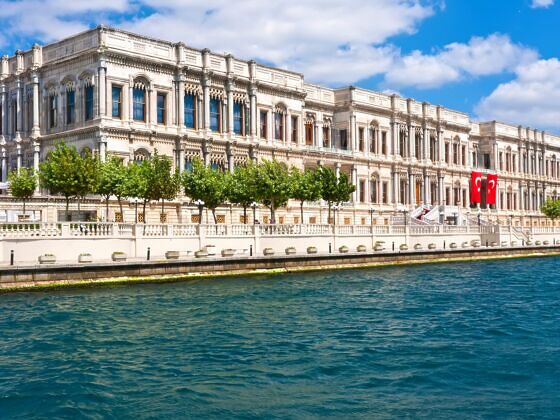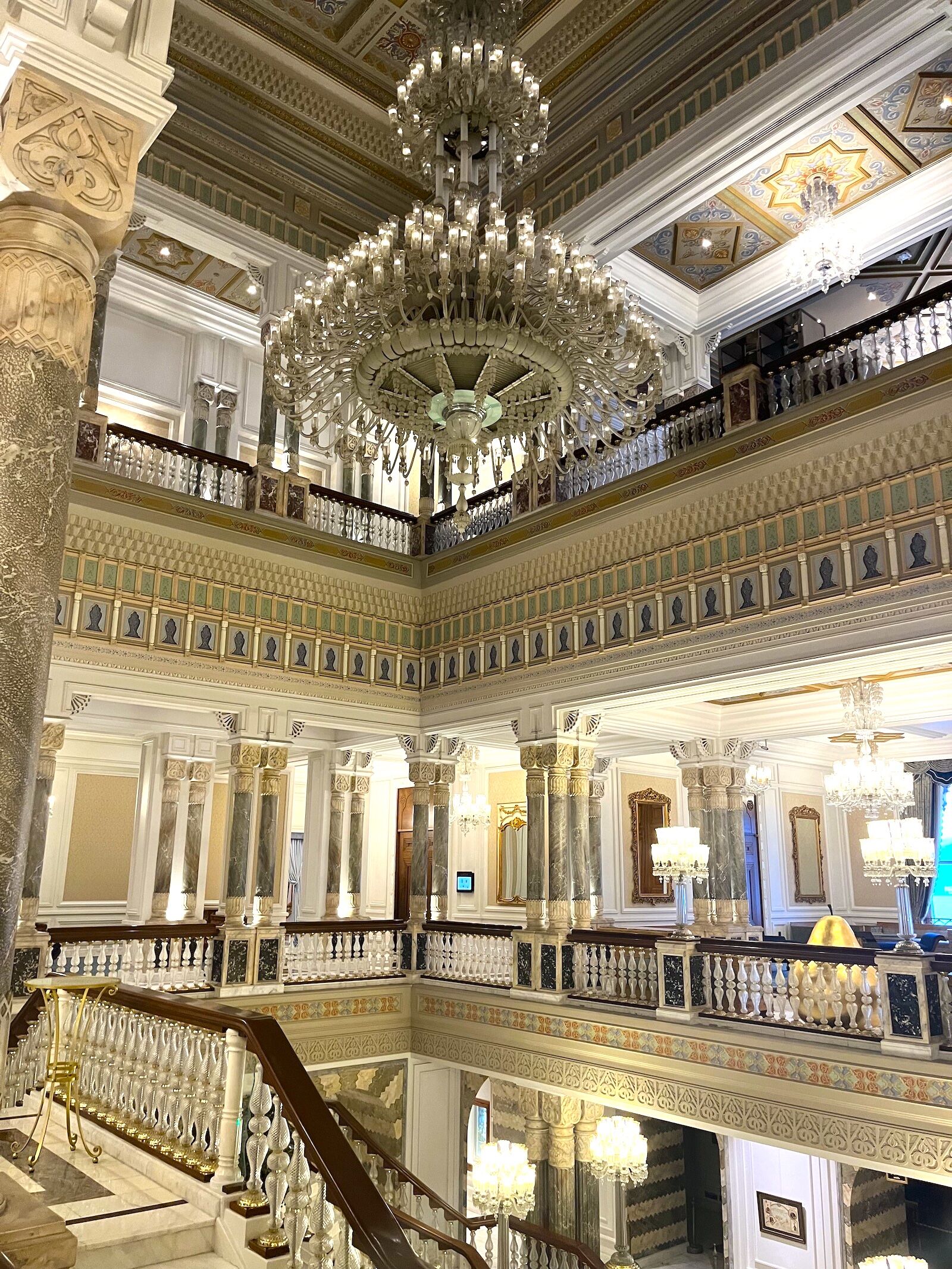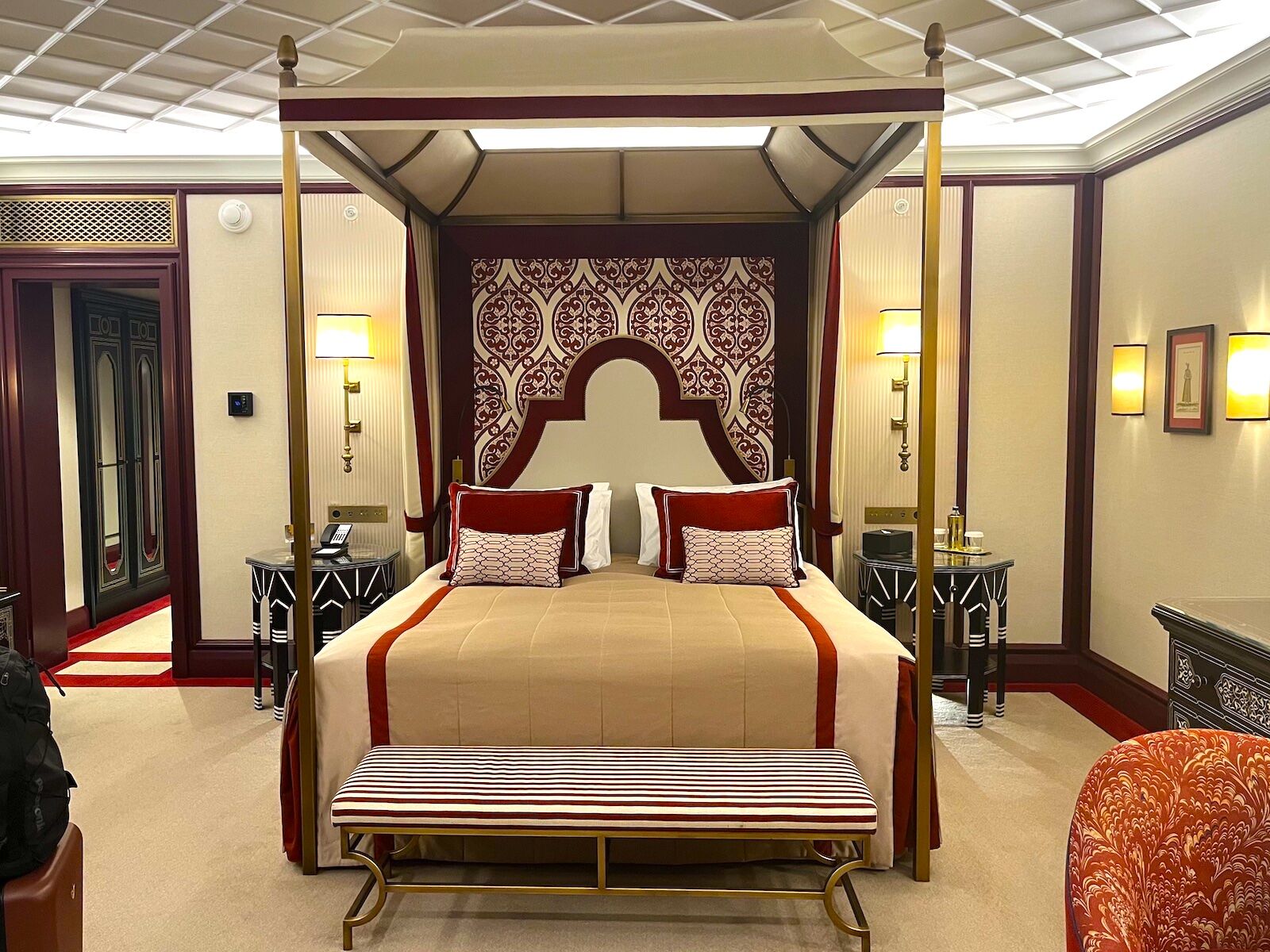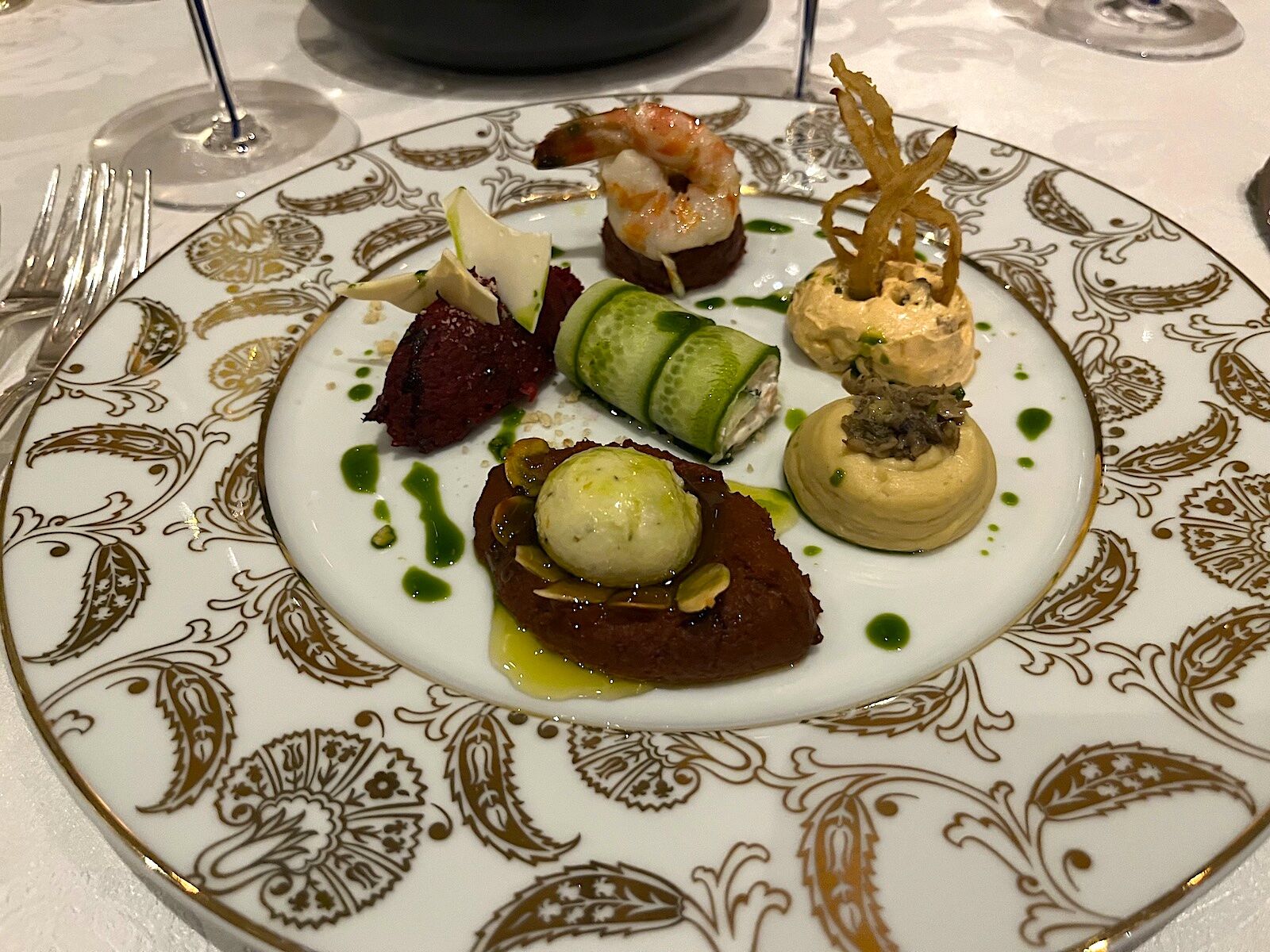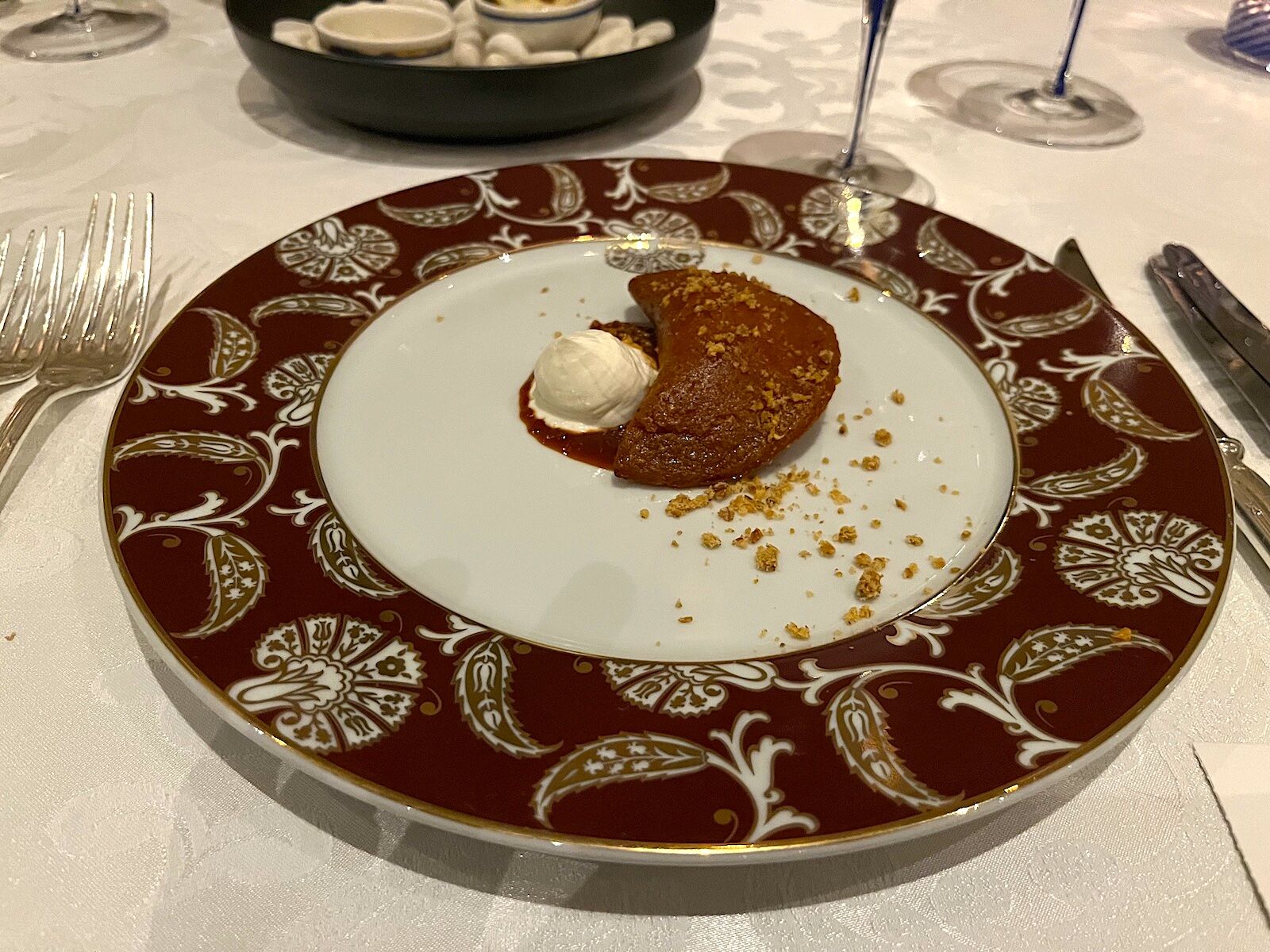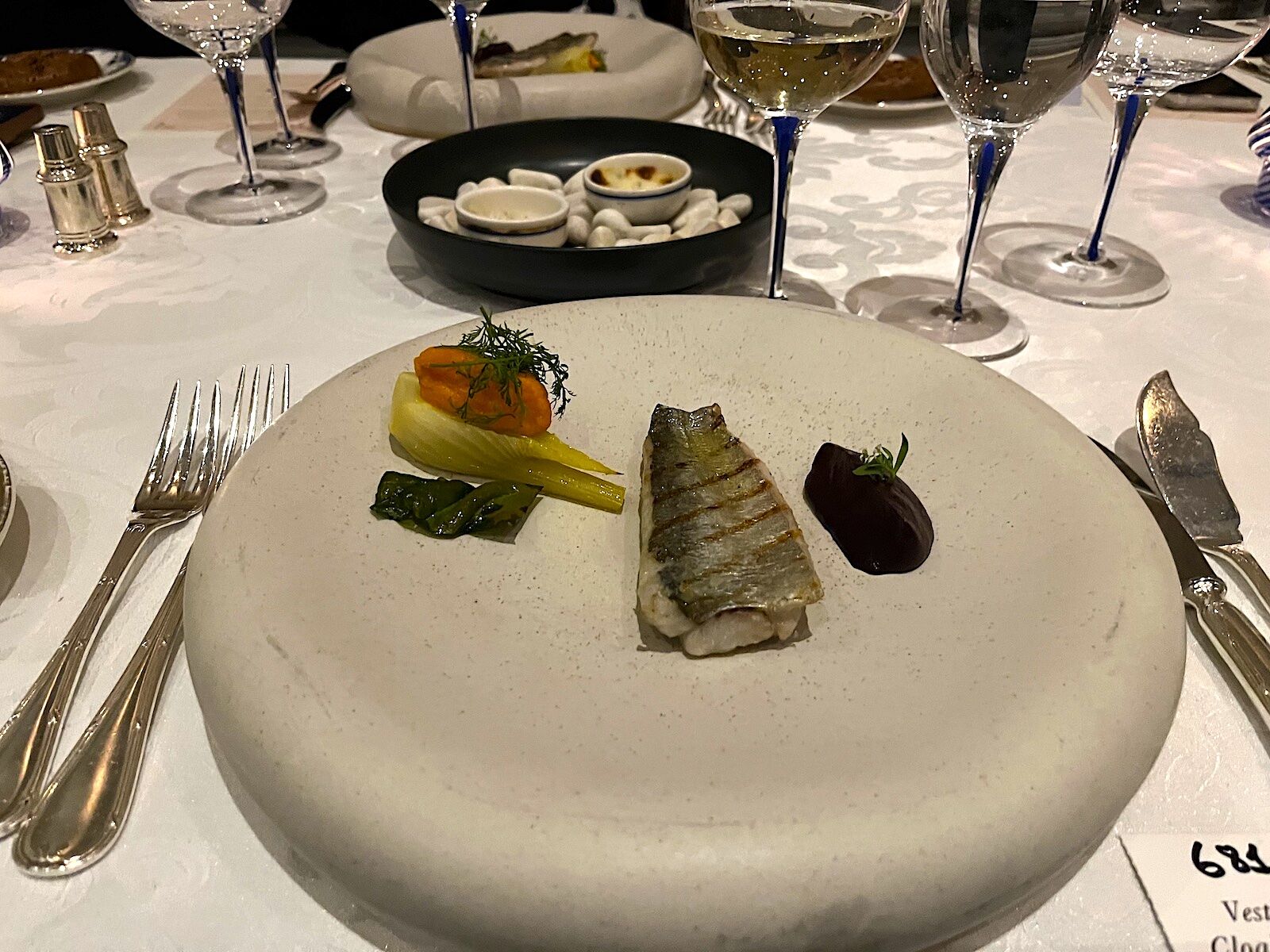Nowhere in the world embodies humanity’s living history quite like the Bosphorus Straight. Cutting 19 miles through Istanbul and northwest Türkiye, the straight is the only shipping channel connecting the Black Sea to the Sea of Marmara and, eventually, the Mediterranean. As such, it’s an imperative lifeblood for West Asia and the Caucasus, and throughout human history has carried, celebrated, and cursed some of the most powerful armies the world has ever seen. Indeed, if only these waters could talk.
Nowadays Istanbul, a global hub of more than 15 million people divided in half by the Bosphorus, remains the most imperial city the world has ever known, with the Straight’s banks through the city serving as the seat of empires stretching back some 3,000 years. Thanks to the recent remodel of the five-star Çırağan Palace Kempinski, you can embrace the city’s global ties on a stay in the city right on the banks of the Bosphorus – and there’s no better way to immerse yourself in lore, legacy, and luxury.
